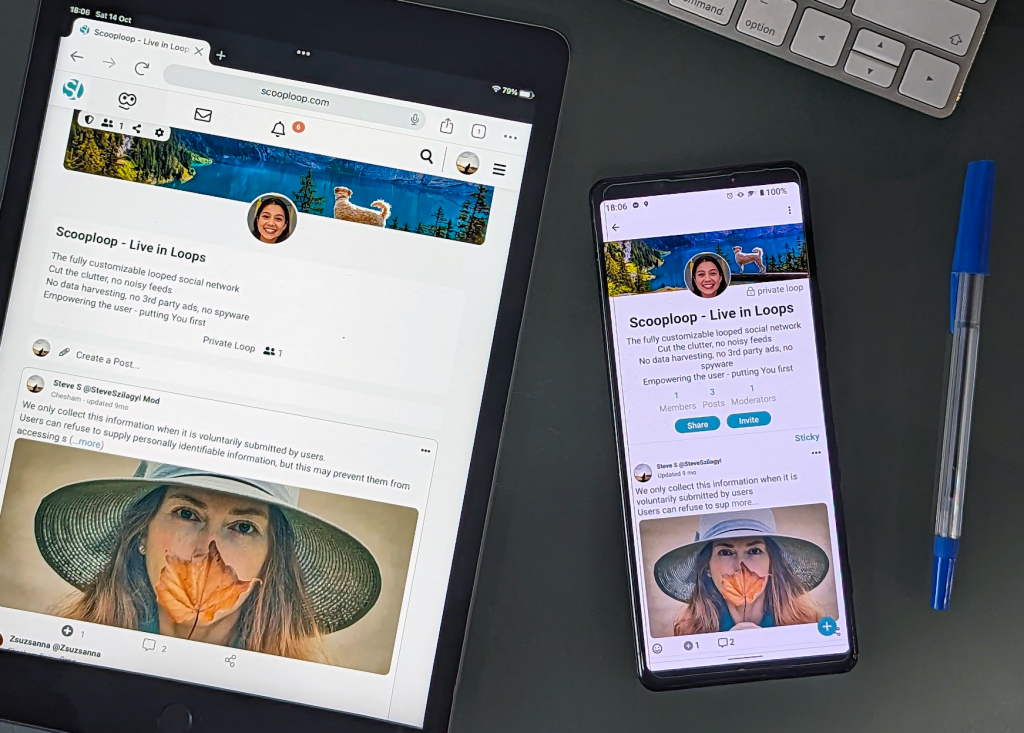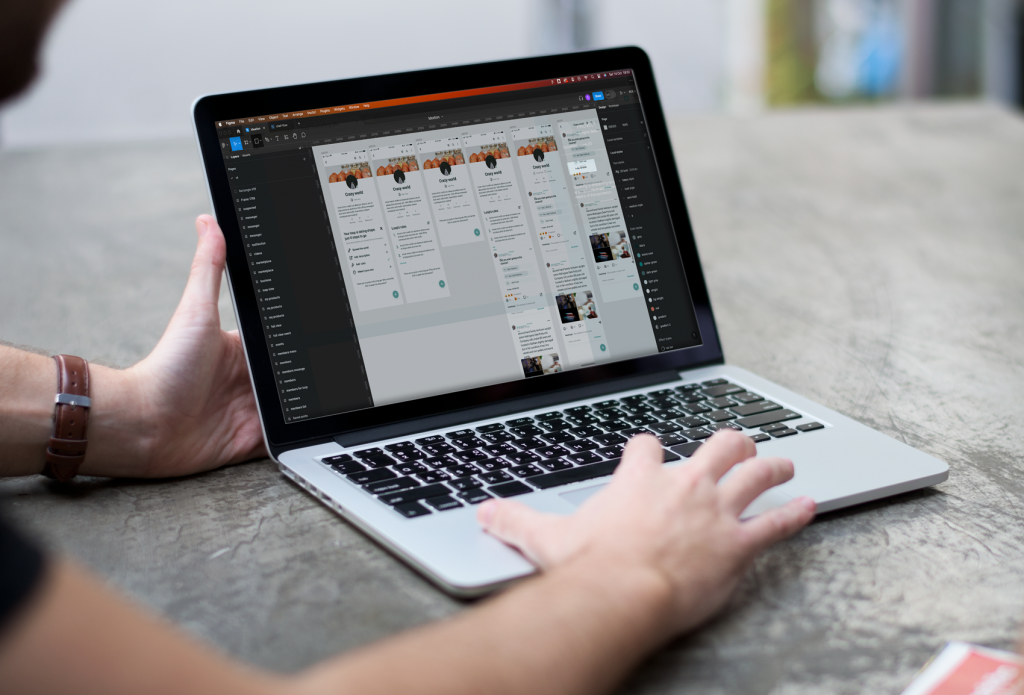
the project
Scooploop is a social network that gives control back to the user and lets them decide how they want to use it. All interactions are in customisable loops. Whether you’re joining a fun chat loop, a local community, or setting up your own community, you decide what you see.
Usability and customisation are at the center of what we do. View the latest content or prioritise posts made in the local area.
Scooploop understands that privacy is a concern for our users, which is why a dedicated data security team works hard to make sure customer information is stored safely. No data mining means users can scroll, peacefully knowing their information isn’t being harvested or shared to 3rd party companies.
Business Accounts on Scooploop are accounts specifically designed for businesses to promote their products or services to the social media platform’s users.
These accounts allow businesses to create a presence on Scooploop, share information about their products or services, and interact with their customers.

the role
The Scooploop team has only 6 members. While the roles have been somewhat defined, we had to go beyond our capabilities, to keep the app up to speed, deliver, test, and generate revenue.
I have been the designer for the website and the iOS/Android app, defining the frameworks and the core user experience. I designed marketing materials, designed and coded the front end of the websites. My tools for this project were: Figma, Photoshop, Illustrator, Visual Studio Code, and Git.
I worked alongside the product owner to uncover insights into customer feedback, and requirements and on implementing the new features.

testing and optimisation
Every design and product decision carries some risk. Rarely anything can be nailed on the first try and there’s always room for improvement.
As there are many tools to test features and product direction,
As this was the 2.0 version, the core program, and the design were completely different, therefore we had to focus on testing more than a product which is “just” upgraded.
Many new features were added as well ( eg. the optional dark mode ), but those were introduced step by step, so we could be sure that the live version is as stable as possible.
Most of our design and product decisions were based on user feedback and on a “what we think should be changed” feeling.
the app
the website
I was responsible for the design and front-end development of the website. The page is built with HTML5, SASS, Django, and Vue.js.
The website has logged on ( online ) and not logged on ( offline ) version. If the user only wants to read and explore, they don’t need to register or log in.
The registered users – on the other hand – have the option to create groups, interact with other users, and other features that help the users build their own Loops.
On the web-2.0 version, I put a lot of emphasis on it on mobile platforms, to give the users a better user experience on their mobiles.
interactions
Interactions are the delightful moments the users have while using the product. The small details can make the user experience more fun, emotional, and human-like. Interactions are events to serve different functions like communication and feedback as a result of an action, enhancing the sense of direct manipulation, and helping visualize the results of a certain action.
Changing from 1.0 to 2.0 had a very positive reaction from the users. We expected some decrease in numbers, but luckily we didn’t have it at all.
